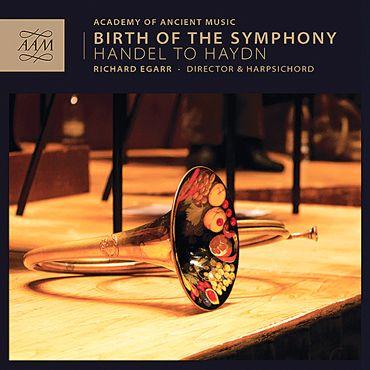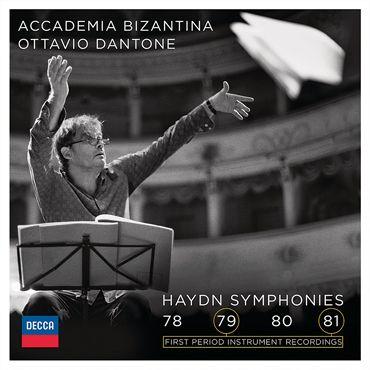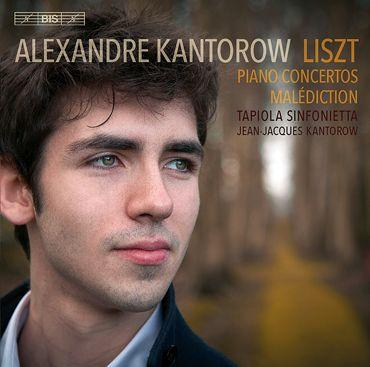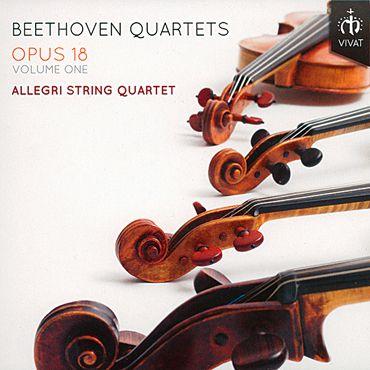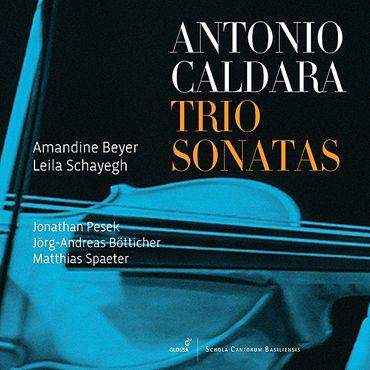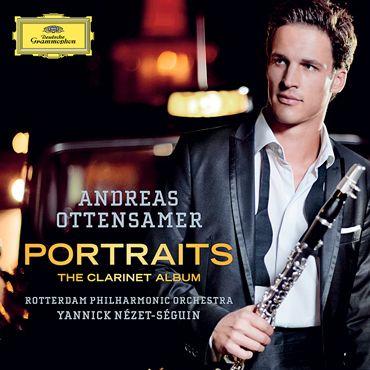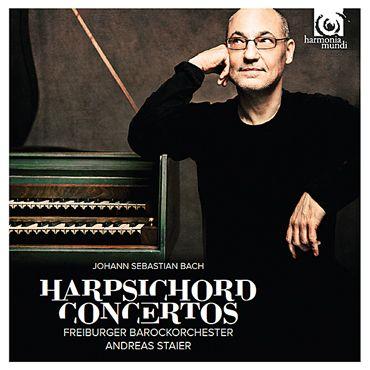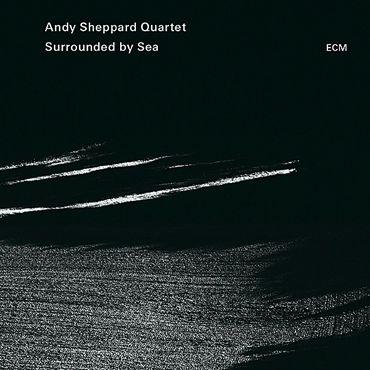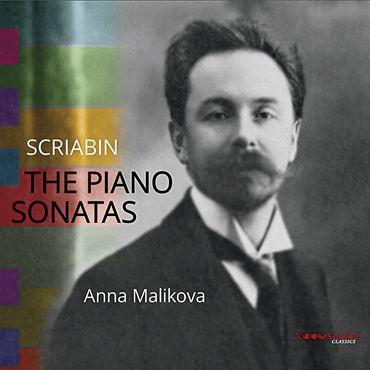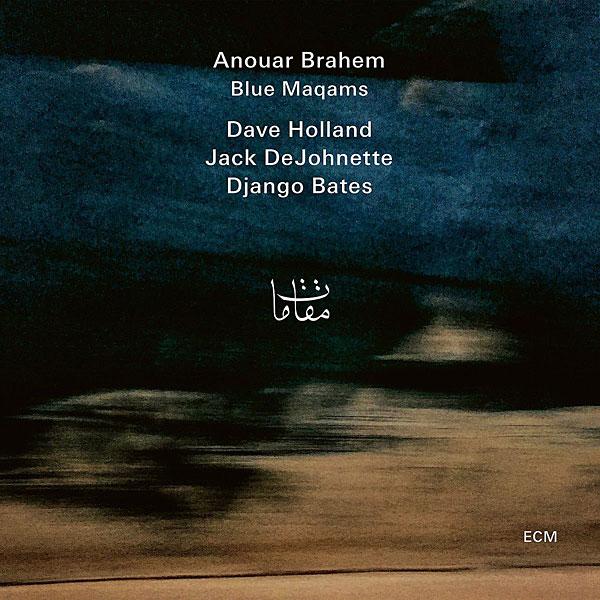Hi-Res Downloads
Sort By: Post DateTitle Publish Date
|
Apr 01, 2014
|
Nov 01, 2016
|
Oct 01, 2016
|
Feb 12, 2016
|
Sep 01, 2015
|
Jun 05, 2017
|
Jan 01, 2014
|
Sep 01, 2015
|
Sep 01, 2013
|
Mar 11, 2016
|
Feb 25, 2015
